Nikon has two fisheye converters: FC-E8 and FC-E9. However, only the FC-E9 can be used on a FZ-10 without problem. The FC-E8 has a 28mm thread and a step-down ring to 28mm is very difficult to be found. The image circle of the FZ-E8 is also smaller. The Nikon FC-E9 fisheye converter, as shown in the left image below, comes with the lens and front and rear caps. The FC-E9 has a 46mm thread. Therefore, a step-down ring is required. The right image shows a FC-E9 on a FZ-30 with the help of a 55-49mm step-down ring and a 49-46mm step-down ring. Note that 55-46mm step-downs rings are available.
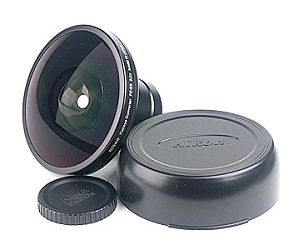
|
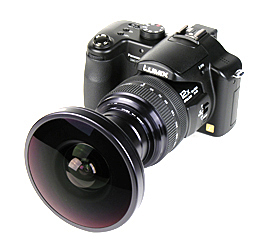
|
Here are some important notes:
This lens has a power of 0.2X. When it is mounted on a FZ-30, it covers 7mm to 84mm (35mm equivalent). However, not all focal range can be used. When the camera lens is zoomed in, the image circle becomes larger. Unfortunately, when the lens is zoomed in to full frame fisheye (i.e., the image covering the whole image frame), the camera may fail to focus. As a result, this FC-E9 and FZ-30 combo is best to be used as circular image fisheye. If the focal length is set to slightly passing the 90mm mark on the camera lens, the resulting image will have some slight vignetting at the corners, and a simple crop will solve the problem. In this case, the focal length is approximately 10mm = 100×0.2. The following shows some circular and full-frame fisheye examples.
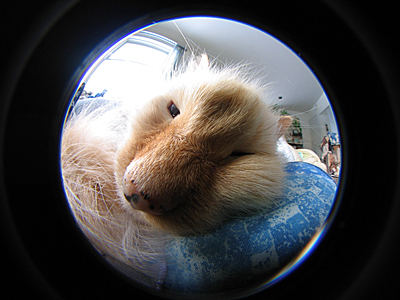
|
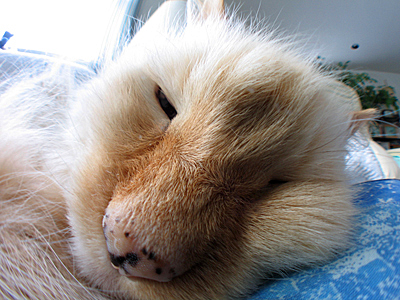
|
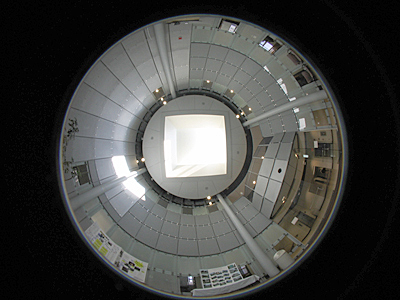
|
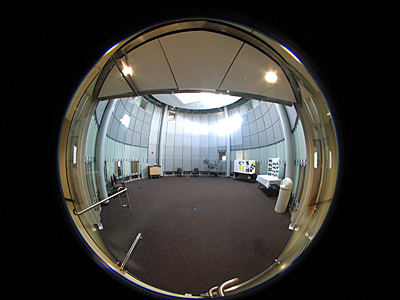
|
While you might not want to use this fisheye converter for close-up work because of its distortion, placing this fisheye converter very close to your subject would provide you with some very creative and interesting effects because the foreground is greatly exaggerated. The shortest working distance (i.e., the distance between the subject and the lens front) is 0 cm! The following shows the image of the Technical Data table taken with the Fisheye lens touching the CRT screen.
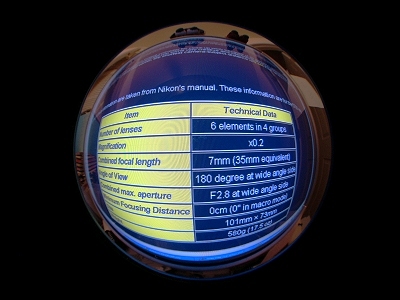
Use spot meter for metering when using a circular fisheye lens. In a circular fisheye image, the image circle covers about 60% of the image frame, and the remaining 40% is totally black. Note that this is not vignetting as there is no image projected on that area. Consequently, a multisegment meter may assume this 40% black area being in low light condition and increase exposure. The resulting image would be over-exposed.
The following technical information is taken from Nikon's manual.
| Item | Technical Data |
| Number of lenses | 6 elements in 4 groups |
| Magnification | x0.2 |
| Combined focal length | 7mm (35mm equivalent) |
| Angle of View | 180 degree at wide angle side |
| Combined max. aperture | F2.8 at wide angle side |
| Minimum Focusing Distance | 0cm (0" in macro mode) |
| Size | 101mm × 73mm |
| Weight | 580g (17.5 oz) |